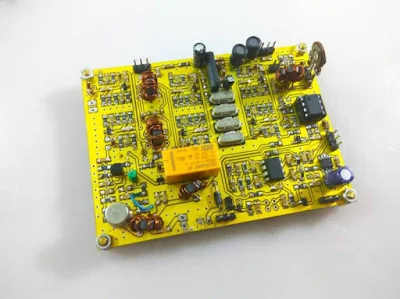Bill,
Bob, KY3R, here. Haven't written to you in a few years (although do manage to run into you most years at the Vienna Wireless Society hamfest ).
Anyway, was watching your visit with Farhan, and you mentioned your penchant for building projects into wooden hobby boxes, and using copper flashing for shielding. I want to share my solution.
I snatched up any old cigar boxes I come across. For shielding I use "metal repair tape." This is the stuff used for joining or repairing dryer lint vent ducts, and it is available at any hardware store. Very lightweight, and you just cut the desired lengths, peel off the backing, and press onto the inside of the box. The only drawback is that it is aluminum and doesn't take solder very well, but it is easy enough to add one or two short lengths of wire from the circuit ground plane to a terminal bolted down onto the case interior.

The attached photos show my current project--a Por Larranaga cigar box in the process of being converted into a home for a BitX-40! I haven't yet fully decided exactly how to position the unit in the box, but as shown in one of the photos, it fits with plenty of room for later mods. As for other decisions, I toyed with the idea of painting or covering the outer box, but I am leasing toward leaving the original cigar box labeling. Arguably adds a bit of "soul," plus who needs a clean panel and all that fancy stenciled lettering anyway. I'll know which knob is which!
73, and as always, thanks to you (and Pete, of course) for your continued work on the SS podcast.
Bob Keller, KY3R














































